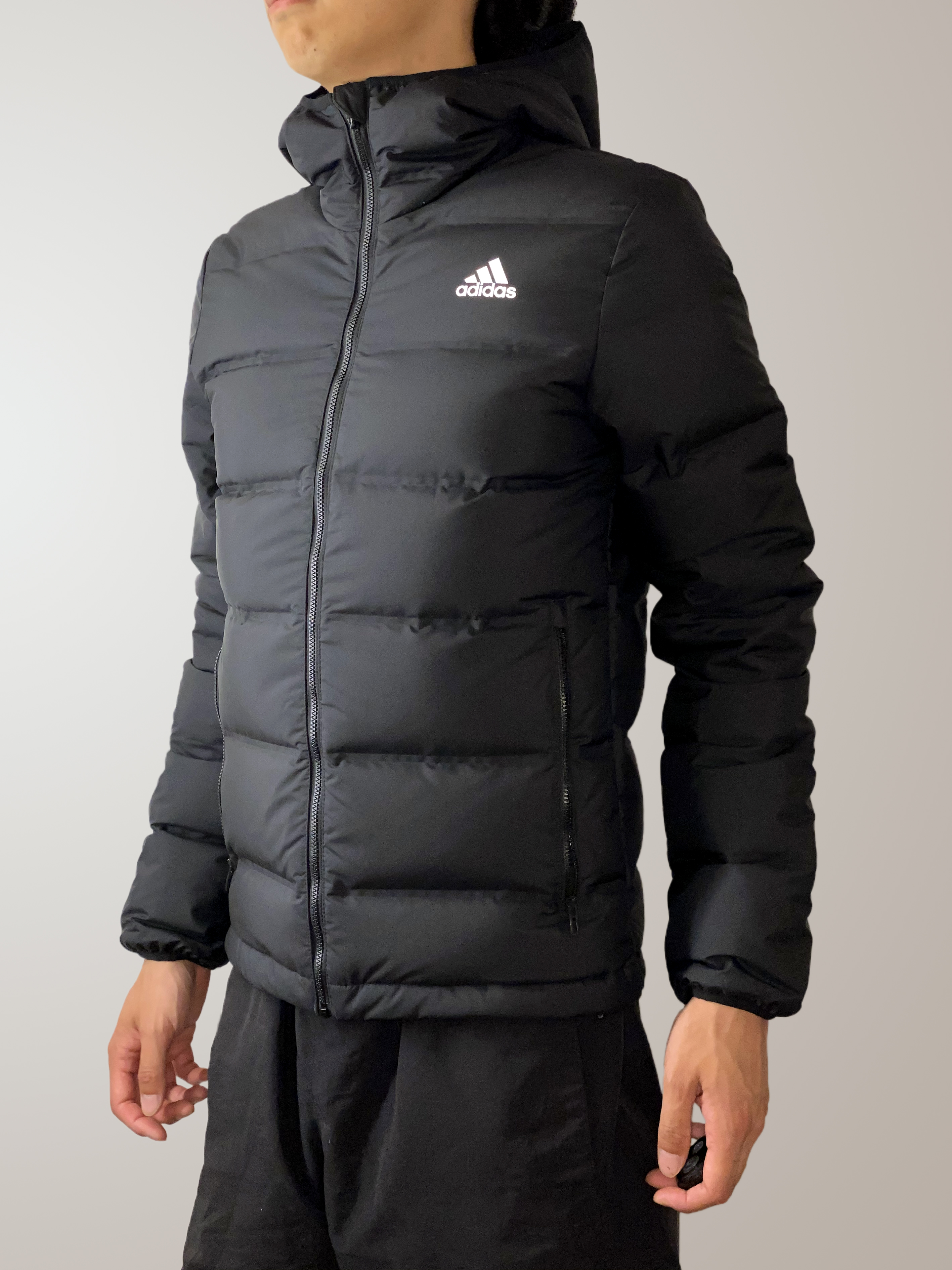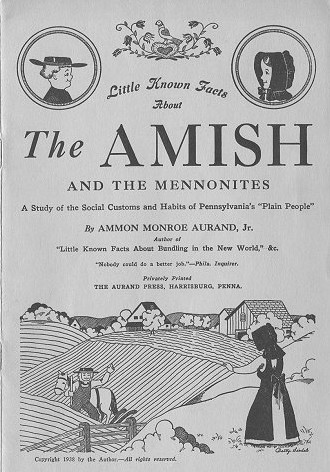|
Wamus
A wamus is a type of jacket worn in the United States. The term is applied to several different types of upper-body garment. Early American history One of the more consistent uses of wamus is to describe a fringed leather tunic that slips over the head. For early American pioneer families in the Southern United States, the buckskin (later, cloth) wamus was widely worn by young and pre-teen boys in the late 18th and very early 19th century. The wamus, if it opened down the front, was either laced shut or held closed with a belt, with dressier versions made from elk skin. If made from cloth, the wamus was dyed blue and trimmed with yellow fringe. As worn by the Lakota people, the wamus was a ceremonial tunic which was coloured to represent the type of person the wearer was, as well as painted with mnemonic designs. Traditionally, if a warrior had scalped his enemy, he was allowed to trim his wamus with human hair cut from the heads of mourning women in addition to the cut fringe. ... [...More Info...] [...Related Items...] OR: [Wikipedia] [Google] [Baidu] |
Jackets
A jacket is a garment for the upper body, usually extending below the hips. A jacket typically has sleeves, and fastens in the front or slightly on the side. A jacket is generally lighter, tighter-fitting, and less insulating than a coat, which is outerwear. Some jackets are fashionable, while others serve as protective clothing. Jackets without sleeves are vests. Etymology The word ''jacket'' comes from the French word ''jaquette''. The term comes from the Middle French noun ''jaquet'', which refers to a small or lightweight tunic. In Modern French, ''jaquette'' is synonymous with ''jacket''. Speakers of American English sometimes informally use the words ''jacket'' and ''coat'' interchangeably. The word is cognate with Spanish ''jaco'' and Italian ''giacca'' or ''giacchetta'', first recorded around 1350s. It is ultimately loaned from Arabic ''shakk (شكّ)'', which in turn loaned from Aramean/Assyrian and Hebrew ''shaḳḳ (שַׁקּ)''. Nylon bomber jacket, also in leath ... [...More Info...] [...Related Items...] OR: [Wikipedia] [Google] [Baidu] |
Jacket
A jacket is a garment for the upper body, usually extending below the hips. A jacket typically has sleeves, and fastens in the front or slightly on the side. A jacket is generally lighter, tighter-fitting, and less insulating than a coat, which is outerwear. Some jackets are fashionable, while others serve as protective clothing. Jackets without sleeves are vests. Etymology The word ''jacket'' comes from the French word ''jaquette''. The term comes from the Middle French noun ''jaquet'', which refers to a small or lightweight tunic. In Modern French, ''jaquette'' is synonymous with ''jacket''. Speakers of American English sometimes informally use the words ''jacket'' and ''coat'' interchangeably. The word is cognate with Spanish ''jaco'' and Italian ''giacca'' or ''giacchetta'', first recorded around 1350s. It is ultimately loaned from Arabic ''shakk (شكّ)'', which in turn loaned from Aramean/Assyrian and Hebrew ''shaḳḳ (שַׁקּ)''. Nylon bomber jacket, also in leat ... [...More Info...] [...Related Items...] OR: [Wikipedia] [Google] [Baidu] |
American Pioneer
American pioneers were European American and African American settlers who migrated westward from the Thirteen Colonies and later United States to settle in and develop areas of North America that had previously been inhabited or used by Native Americans. The pioneer concept and ethos greatly predate the migration to the Western United States, with which they are commonly associated, and many places now considered "East" were settled by pioneers from even further east. For example, Daniel Boone, a key figure in American history, settled in Kentucky, when that "Dark and Bloody Ground" was still undeveloped. One important development in the Western settlement was the Homestead Act, which provided formal legislation for the settlers which regulated the settlement process. Etymology The word "pioneer" originates with the Middle French ''pionnier'' (originally, a foot soldier, or soldier involved in digging trenches), from the same root as peon or pawn.Philip Durkin, "Lexical b ... [...More Info...] [...Related Items...] OR: [Wikipedia] [Google] [Baidu] |
Southern United States
The Southern United States (sometimes Dixie, also referred to as the Southern States, the American South, the Southland, or simply the South) is a geographic and cultural region of the United States of America. It is between the Atlantic Ocean and the Western United States, with the Midwestern and Northeastern United States to its north and the Gulf of Mexico and Mexico to its south. Historically, the South was defined as all states south of the 18th century Mason–Dixon line, the Ohio River, and 36°30′ parallel.The South . ''Britannica.com''. Retrieved June 5, 2021. Within the South are different subregions, such as the |
Mnemonic
A mnemonic ( ) device, or memory device, is any learning technique that aids information retention or retrieval (remembering) in the human memory for better understanding. Mnemonics make use of elaborative encoding, retrieval cues, and imagery as specific tools to encode information in a way that allows for efficient storage and retrieval. Mnemonics aid original information in becoming associated with something more accessible or meaningful—which, in turn, provides better retention of the information. Commonly encountered mnemonics are often used for lists and in auditory form, such as short poems, acronyms, initialisms, or memorable phrases, but mnemonics can also be used for other types of information and in visual or kinesthetic forms. Their use is based on the observation that the human mind more easily remembers spatial, personal, surprising, physical, sexual, humorous, or otherwise "relatable" information, rather than more abstract or impersonal forms of informa ... [...More Info...] [...Related Items...] OR: [Wikipedia] [Google] [Baidu] |
Scalping
Scalping is the act of cutting or tearing a part of the human scalp, with hair attached, from the head, and generally occurred in warfare with the scalp being a trophy. Scalp-taking is considered part of the broader cultural practice of the taking and display of human body parts as trophies, and may have developed as an alternative to the taking of human heads, for scalps were easier to take, transport, and preserve for subsequent display. Scalping independently developed in various cultures in both the Old and New Worlds. Europe Several human remains from the stone-age Ertebølle culture in Denmark show evidence of scalping. A man found in a grave in the Alvastra pile-dwelling in Sweden had been scalped approximately 5,000 years ago. Georg Frederici noted that “Herodotus provided the only clear and satisfactory portrayal of a scalping people in the old world” in his description of the Scythians, a nomadic people then located to the north and west of the Black Sea. Herodot ... [...More Info...] [...Related Items...] OR: [Wikipedia] [Google] [Baidu] |
Amish
The Amish (; pdc, Amisch; german: link=no, Amische), formally the Old Order Amish, are a group of traditionalist Anabaptist Christian church fellowships with Swiss German and Alsatian origins. They are closely related to Mennonite churches, another Anabaptist denomination. The Amish are known for simple living, plain dress, Christian pacifism, and slowness to adopt many conveniences of modern technology, with a view neither to interrupt family time, nor replace face-to-face conversations whenever possible, and a view to maintain self-sufficiency. The Amish value rural life, manual labor, humility and '' Gelassenheit'' (submission to God's will). The history of the Amish church began with a schism in Switzerland within a group of Swiss and Alsatian Mennonite Anabaptists in 1693 led by Jakob Ammann. Those who followed Ammann became known as Amish. In the second half of the 19th century, the Amish divided into Old Order Amish and Amish Mennonites; the latter do not abstain fr ... [...More Info...] [...Related Items...] OR: [Wikipedia] [Google] [Baidu] |
Zouave Jacket
A Zouave jacket is a short open fronted jacket with long sleeves, similar to that historically worn by the Algerian Zouave infantry of the French Army. It was a popular women's fashion in the 19th century in the United States. Colorful, braid-trimmed Zouave jackets became fashionable in the late 1850s and remained so well into the 1860s. Although generally out of fashion after the 1860s, it became locally popular again in some parts of the country towards the end of the 19th century. See also * 1850s in fashion * Bolero jacket A shrug is a cropped, cardigan-like garment with short or long sleeves cut in one with the body, typically knitted. Generally, a shrug covers less of the body than a vest would, but it is more tailored than a shawl. Shrugs are typically worn as ... * Garibaldi shirt, another military-inspired fashion of the same era References External links * 1850s fashion 1860s fashion History of clothing (Western fashion) Jackets {{fashion-stu ... [...More Info...] [...Related Items...] OR: [Wikipedia] [Google] [Baidu] |
19th-century Fashion
The nineteenth century marks the period beginning January 1, 1801 and ends December 31, 1900. It was a period of dramatic change and rapid socio-cultural advancement, where society and culture are constantly changing with advancement of time. The ''Fashion of the 19th Century'' strongly reflected the technology, art, politics and culture of the time of which were highly influential to the styles and silhouettes. For women, fashion was an extravagant and extroverted display of the female silhouette with corset pinched waistlines, bustling full-skirts that flowed in and out of trend and decoratively embellished gowns. For men, three piece suits were tailored for usefulness in business as well as sporting activity. The fashion in this article includes styles from the 19th Century through a Western context - namely Europe and North America. Historical overview and fashions Early 1800s (1800-1829) Technological innovations At the turn of the 18th century, the Western world � ... [...More Info...] [...Related Items...] OR: [Wikipedia] [Google] [Baidu] |
American Clothing
Western wear is a category of men's and women's clothing which derives its unique style from the clothes worn in the 19th century Wild West. It ranges from accurate historical reproductions of American frontier clothing, to the stylized garments popularized by Western film and television or singing cowboys such as Gene Autry and Roy Rogers in the 1940s and 1950s. It continues to be a fashion choice in the West and Southwestern United States, as well as people associated with country music or Western lifestyles, for example the various Western or Regional Mexican music styles. Western wear typically incorporates one or more of the following, Western shirts with pearl snap fasteners and vaquero design accents, blue jeans, cowboy hat, a leather belt, and cowboy boots. Hat In the early days of the Old West, it was the bowler hat rather than the slouch hat, centercrease (derived from the army regulation Hardee hat), or sombrero that was the most popular among cowboys as it was l ... [...More Info...] [...Related Items...] OR: [Wikipedia] [Google] [Baidu] |







